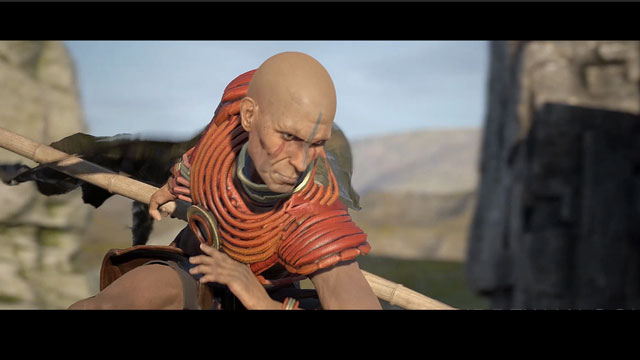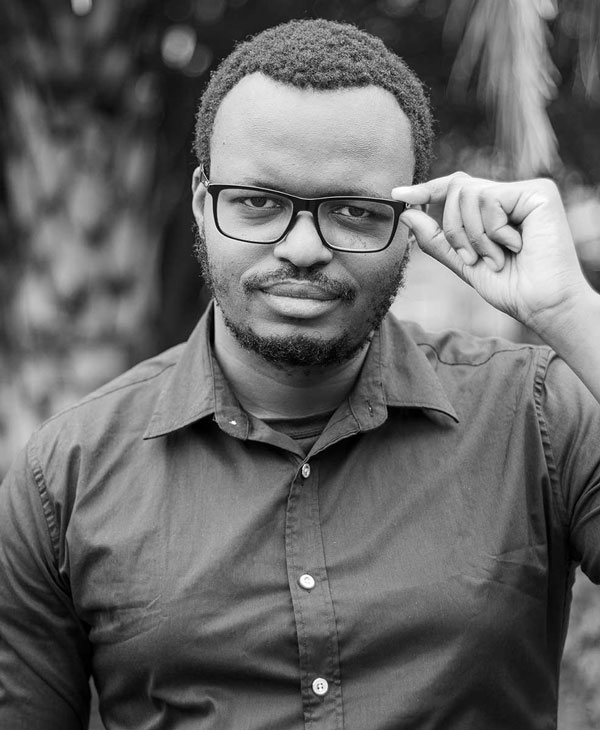
Nairobi, Kenya | BIRD | Kenya’s Oscars Selection Committee has submitted the animated work, Terastorm, as the country’s pick for Best International Feature Film category at the 95th Academy Awards. The choice thrusts self-taught animator Andrew Kaggia into the limelight and cements animation’s place as a critical pillar of Kenyan filmmaking.
Kenya now becomes the first African country to submit an original African scripted animated feature with African characters and context for Academy consideration, writes Seth Onyango.
Set in fictional Nairobi, a group of African superheroes join forces in an attempt to vanquish an ancient wizard who threatens to destroy the earth with a powerful mysterious artefact.
The heroes must be willing to put their lives on the line to defeat Eli-Ra before an onslaught of devastation and ruin puts an end to humanity. However, it may be too late to save the planet.
With Terastorm bound for the Oscars, Kenya becomes the first country in Africa to submit an original, African-scripted animated feature with African characters and context, for the Academy’s consideration.
For Kaggia, 34, who wrote, directed and animated the film, he gets to live out a childhood dream as the movie premiers on November 24.

In 1995, Kaggia sat down to watch Jurassic Park, the epic movie of dinosaurs gone rogue. It was a cinematic marvel and for the young Kaggia, that evening’s viewing with his family triggered a deep-seated curiosity – and eventually ushered him into the colourful world of visual filmmaking.
“I was watching Jurassic Park from a Video Home System (VHS)…everything seemed so real, but then my elder brother told me ‘you know those are not real dinosaurs?’,” he recalled.
He simply couldn’t believe that CGI (computer-generated imagery) could be so realistic.
“I always thought (only) cartoons weren’t real,” he explained.
Mesmerised, he started looking for any information he could find on CGI and other visual effects (VFX). He started unearthing information on animation and how characters are created from books but the little he found was hard to come by.
“YouTube had not been launched therefore it was difficult to get content or tutorials,” he tells bird.
Several years later, however, when he was in high school, his elder sister who was living overseas brought him a copy of Autodesk 3ds Max, an industry-standard professional program for making video games.
“I started experimenting with it and I was hooked…I can say was it fate, because my sister thought what she brought me was a video game. I tell her until today that I she went abroad for my sake,” Kaggia said with a laugh.
He knew animation filmmaking is what he wanted to do, but there were no schools to polish his skills. The only diploma course he could find in English on the continent was in far-off South Africa. It was out of his reach.
Soon after finishing high school, with his parents urging him to pursue a bachelor’s degree in business, he got a job as a graphics designer instead. That gave him an opportunity to hone his skills as an animator –– experimenting part-time on short films and posting them on YouTube.
“I slowly started to build an audience and whenever I would create something small I would put it online,” he narrated.
In 2012, he released his first short film, Wageuzi: Battle 2012, a depiction of Kenya’s 2013 general polls, which ran in Tanzania, Uganda, Japan and the Netherlands.
Encouraged by his early success, he launched a YouTube channel called Herosmashers, in 2016. The short animation film channel has amassed more than 400 million views globally since then.
Kaggia, who is also a game developer, told bird that Terastrom is important because it will help to shape African narratives, at a time when the continent’s animation industry is taking off.
In July, Warner Bros. Discovery, Inc. one of the world’s biggest entertainment conglomerates, announced it would adapt, Iyanu: Child of Wonder, a creation of Nigerian Roye Okupe into an animated series.
This came slightly over a year after Afro-Urban entertainment powerhouse Trace’s distribution arm inked a deal with Hot Ticket Productions to distribute Nigeria’s first feature-length 3D animated film, “Lady Buckit and the Motley Mopsters”, worldwide – opening the door to a potential global audience for an animation that was conceived in the home of a Nigerian geologist, Blessing Amidu.
A recent study by Africa No Filter, a donor collaborative that encourages narrative change on the continent, showed that local content is beginning to outcompete international films across Africa.
“Most respondents watched films every week, whether local/African films (67 per cent) or US/international films (66 per cent). Among respondents who had watched between one and seven films, slightly more respondents had watched local or African films (57 per cent) than international or US films (53 per cent),” the report reads in part.
Regionally, North Africans were the least likely to have watched a film (45 per cent) but were equally as likely to have watched local/African and US/international films (51 per cent).
West Africans were marginally more likely to have watched local/African films (70 per cent) compared to international films (67 per cent), Africa No Filter reported.
It is that African audience with a growing affinity for local content that Kaggia hopes he will now reach with his animated content. An Oscars mention will certainly help; a win, however unlikely, would entirely change the game.
****
SOURCE: bird story agency
 The Independent Uganda: You get the Truth we Pay the Price
The Independent Uganda: You get the Truth we Pay the Price



